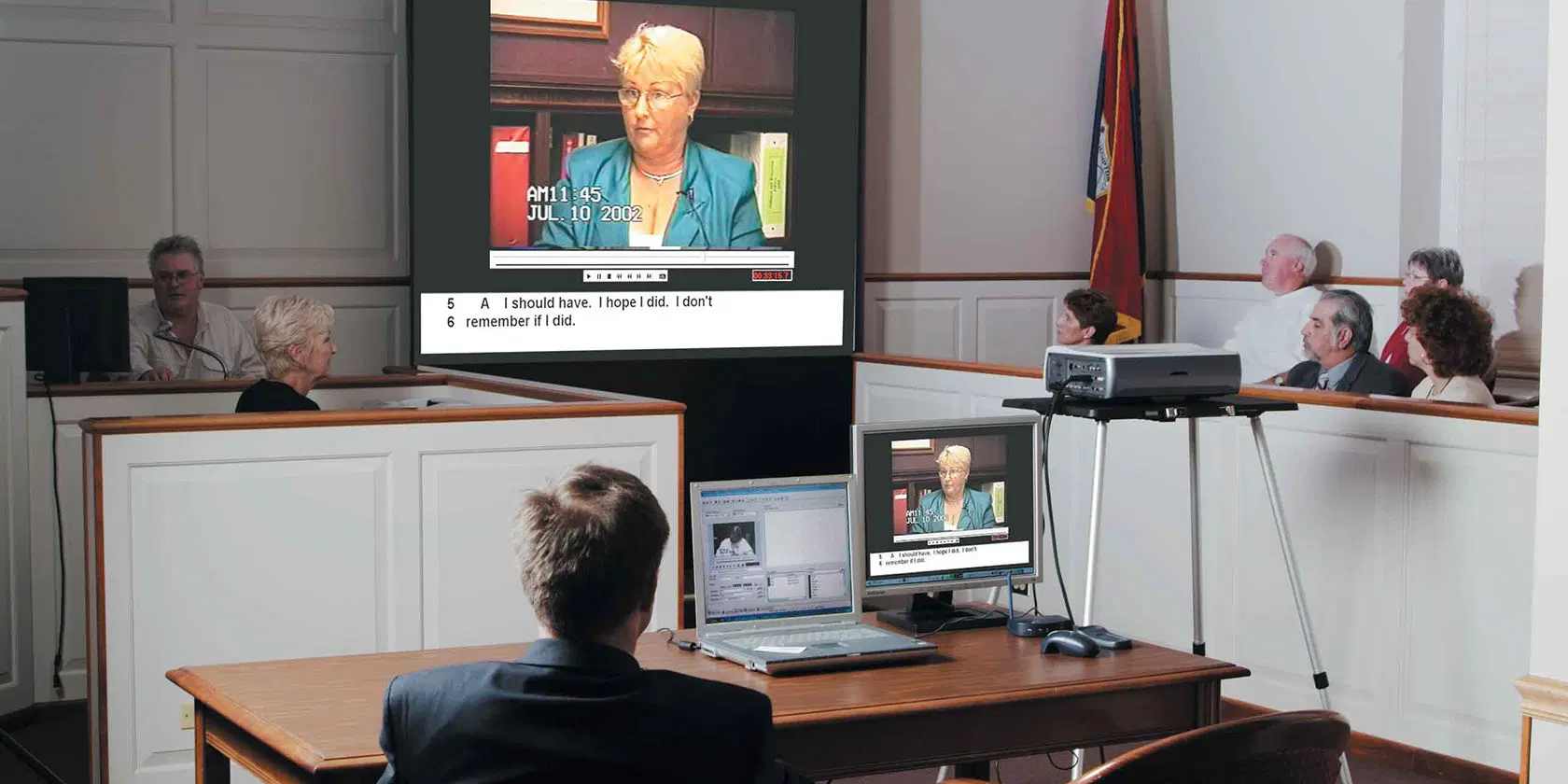How Trial Presentations Enhance Your Debate and Convince Jurors
Test discussions function as an essential device for boosting lawful debates and persuading jurors. By integrating aesthetic aids, narrative structures, and emotional involvement, lawyers can produce a compelling case that resonates on multiple degrees. The tactical use visuals not just clears up complex information yet likewise captures jurors' interest much more efficiently than words alone. Nevertheless, the art of narration plays a just as essential duty in transforming factual evidence right into a compelling story, forming jurors' understandings - trial presentations. Recognizing these elements can significantly affect test end results, elevating the question of how each part adds to this intricate dynamic.

Value of Visual Aids
Aesthetic help play an important role in enhancing the efficiency of test presentations, as they can dramatically raise audience interaction and retention of details. In the context of a test, where jurors are entrusted with handling complicated info, visual help serve to streamline and make clear bottom lines. Charts, charts, and pictures can communicate data and principles that may or else bewilder or perplex jurors, allowing for a much more straightforward understanding of the evidence presented.
In addition, aesthetic aids assist in maintaining juror interest throughout the proceedings. By damaging the uniformity of verbal statement, these devices can stress crucial debates, making them extra remarkable. Reliable visual help can likewise stimulate psychological feedbacks, which can be crucial in encouraging jurors to align with the speaker's narrative.

Crafting Compelling Narratives
An engaging story is crucial in trial presentations, as it works as the foundation of efficient persuasion. It allows lawyers to weave with each other realities, evidence, and emotional elements into a coherent story that resonates with jurors. This narrative structure enables jurors to recognize the complexities of the situation while assisting them via the attorney's debate.
To craft an engaging narrative, attorneys must concentrate on clearness and comprehensibility. This entails developing a clear protagonist-- frequently the client-- and detailing their trip with the events concerned. Presenting the truths in a sensible sequence enhances comprehension and preserves engagement. Furthermore, making use of vivid descriptions can develop psychological images that assist jurors picture the events, making the story a lot more memorable.
In addition, integrating crucial motifs throughout the presentation strengthens the core message and help in retention - trial presentations. The narrative needs to not only share details however additionally evoke a feeling of justice, highlighting the stakes included. Eventually, a sound story cultivates a connection between the jurors and the case, positioning the attorney's debate as both trustworthy and compelling, thus increasing the likelihood of a positive decision

Engaging the Court Emotionally
Reliable court involvement hinges on the lawyer's capacity to connect with jurors on an emotional degree. This connection can significantly affect jurors' perceptions and their supreme decision-making.
Visual aids, such as photographs or videos, can better improve emotional engagement, offering jurors with vivid representations of the case's human aspects. Crafting a narrative that highlights the battles and accomplishments of the individuals entailed ensures that jurors see past the legal disagreements and acknowledge the human effects of their decisions.
Moreover, tone and body language play an important duty in communicating feeling. An attorney's passionate delivery can reverberate with jurors, strengthening their emotional investment in the instance. It's important to discover this info here stabilize emotional charms with accurate proof, ensuring that jurors feel obliged to act while remaining based in the truth. Ultimately, a psychologically engaged court is most likely to be persuaded, making emotional link a crucial component of reliable test discussions.
Structuring Your Presentation

The body of the presentation need to be logically fractional into bottom lines, each supported by compelling proof. It is find more advantageous to utilize storytelling techniques to weave realities right into a narrative that jurors can quickly comply with. Aesthetic help, such as charts and videos, can boost understanding and involvement, aiding to highlight essential items of evidence.
Real-World Study
Taking a look at real-world case research studies provides vital understandings into the art of trial presentations and persuasion. The spots instance of "O.J. Simpson v. The Individuals of The golden state" illustrates how visual aids and compelling narratives can guide court perceptions. The protection team successfully used an approach that integrated high-profile professional testimonies with multimedia discussions, which astounded jurors and eventually influenced their choice.
An additional noteworthy instance is the "McDonald's Coffee Instance," where the plaintiff's attorneys utilized graphic photos of the injuries received by Stella Liebeck. trial presentations. This stark visual evidence played an important function in conveying the severity of her burns, bring about a substantial jury honor. Such instances demonstrate that impactful test presentations frequently depend upon the reliable combination of visuals and narration to stimulate psychological reactions from jurors
Moreover, the "Casey Anthony Trial" highlighted the value of narrative coherence and integrity. The prosecution's failure to establish an engaging timeline lessened their convincing power, highlighting the requirement of a well-structured discussion. Analyzing these instances reveals that effective trial presentations need strategic preparation, emotional interaction, and the capacity to resonate with jurors' values and beliefs.
Final Thought
Test presentations substantially improve arguments and encourage jurors through the critical use visual aids, compelling narratives, and emotional interaction. By streamlining complicated details and fostering links with the audience, these elements develop an unforgettable and impactful experience. A well-structured discussion balances psychological charms with factual proof, eventually resonating with jurors' worths. The combination of these strategies not only affects decision-making but likewise emphasizes the significance of reliable interaction my company in the courtroom.